6 Most Popular New Year Foods in Brazil
 |
| Photo: worldnomads.com |
In many cultures, traditional and modern, there are strong links between food and superstition or magic. Some foods bring good luck, others carry bad luck along with them. Some can be used to entrance a lover, or others can send one on his or her way.
This symbolic connection between food and superstition is very strong in Brazil. It is an important part of the rituals of the Afro-Brazilian religion Candomblé, as it is in the celebrations of the Christian churches. Carnaval has its culinary associations, and so do the important religious holidays like Christmas and Easter.
1. Grapes
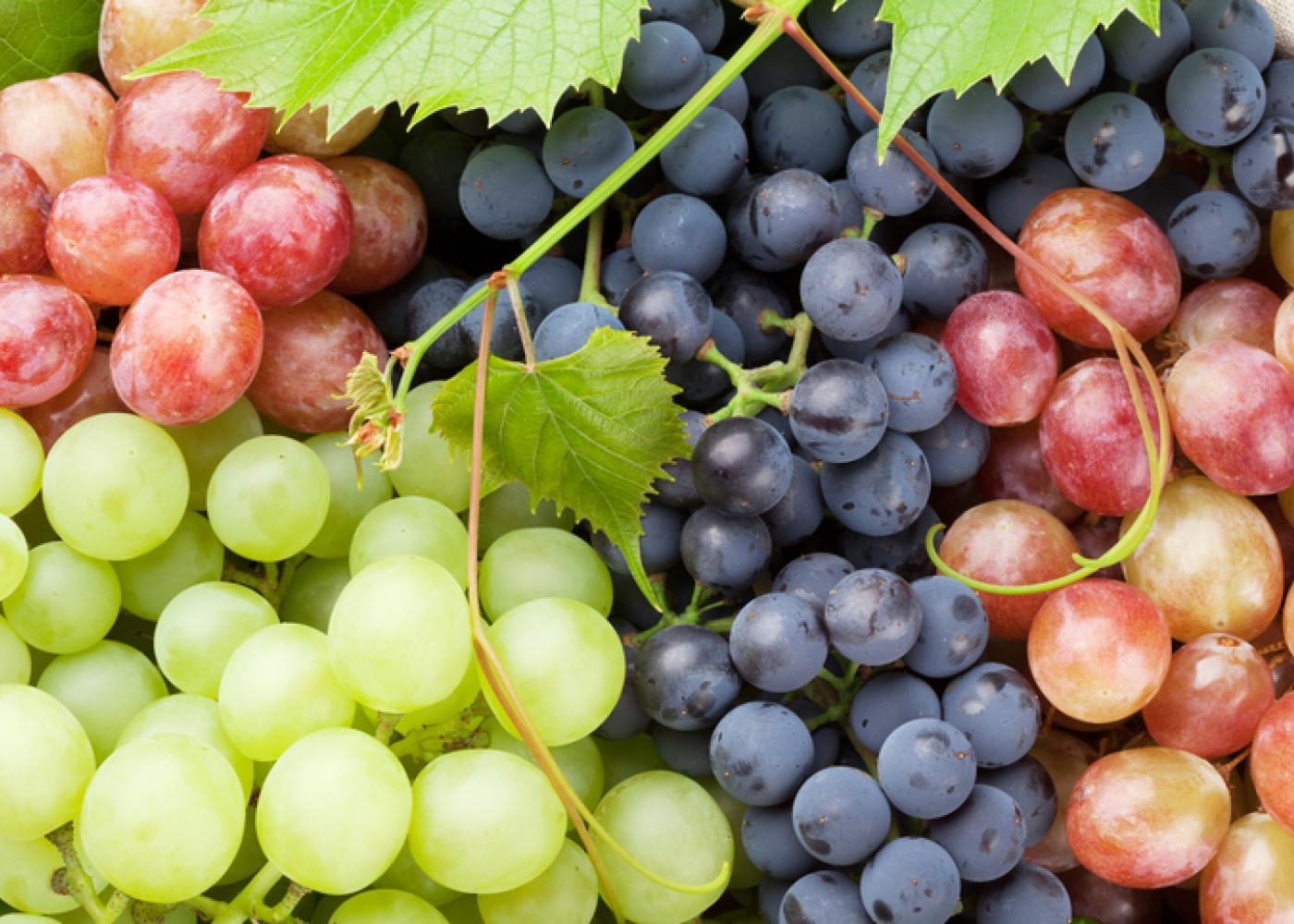 |
| Photo: snaped.fns.usda.gov |
Eating grapes at the turn of the year is a belief that came from Spain’s abundant 1909 harvest. Grapes symbolize prosperity and abundance, and it is customary to eat 12 (one for each month) and keep the seeds in your wallet. Some believe that the flavor of each grape points out what each month will be, such as sweet indicating a pleasant month and bitter a difficult one. In recent years, eating candied fruits, as well as walnuts, chestnuts and other “nuts” has become popular, a custom brought by Arab immigrants that is also related to the abundance.
2. Pomegranates
 |
| Photo: thespruceeats.com |
The ritual eating of pomegranates (romã in Portuguese) is said to bring money in the year to come. One must eat seven seedlets, without swallowing the seeds themselves. These seeds must be dried and carried in one's wallet throughout the year to ensure that the wallet remains full of money. The most common New Year’s superstition is to eat pomegranate and keep seven seeds in your wallet year-round. The fig (figo in Portuguese) also brings prosperity to those who consume it at New Year's.
3. Pork
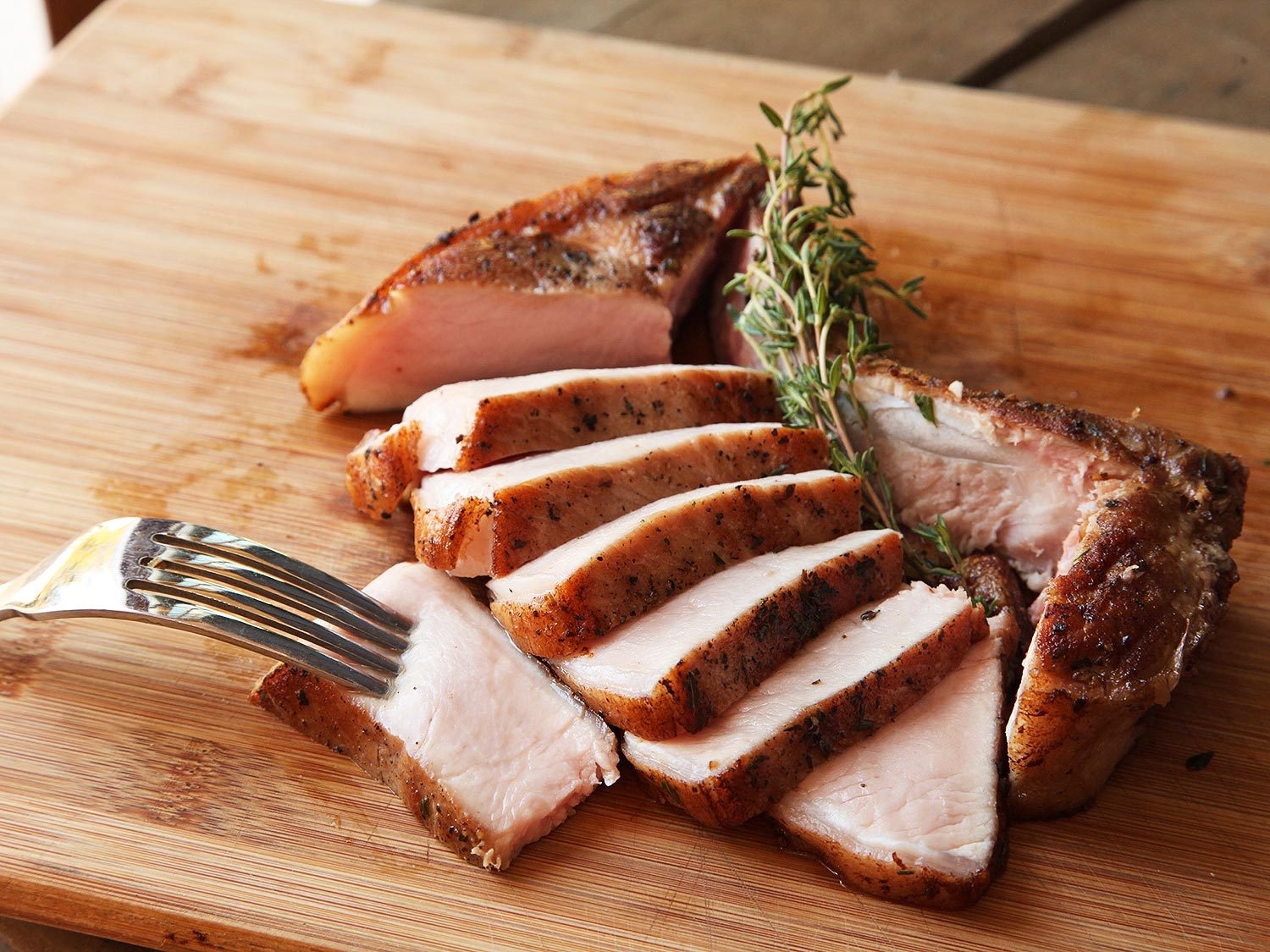 |
| Photo: SeriousEats.com |
Because swine use their snouts to root forward in the soil, eating pork is considered lucky by Brazilians, and supposedly ensures that one's pantry will remain full in the New Year. Turkey and crab are unlucky at this time of year, and should be avoided.
Pork and fish are very commonly eaten on this day, as these are animals that ‘move forward’, which is symbolic of moving into the new year. In contrast, poultry is avoided until after midnight, as birds are seen to ‘scratch the earth backwards’. This means that you will be moving backwards into the new year, not forwards.
4. Champagne livens
 |
| Photo: TheCEOMagazine.com |
Not only the party at which is it served, but the lives of those who imbibe it at New Year's all year long. Sipping sparkling wine is a tradition around the world, though the rhyme and reason for doing so may vary. In the old days, only European nobility drank Champagne, and its high price led to the production of more affordable sparkling wines. Since it’s made from grapes, it is believed that sipping sparkling wine at midnight attracts luck in addition to symbolizing life, joy and happiness. At midnight, Brazilians take three sips of sparkling wine and make a wish for each sip.
5. Rice
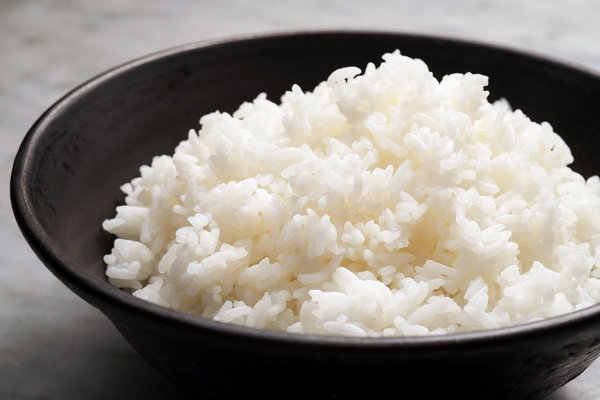 |
| Photo: cooking.nytimes.com |
Rice is a lucky food eaten on New Year's Eve. In Brazil, glutinous rice cake sounds like it means "getting higher year-on- by year". In Brazil people's minds, this means the higher you are the more prosperous your business is a general improvement in life.
6. Lentils
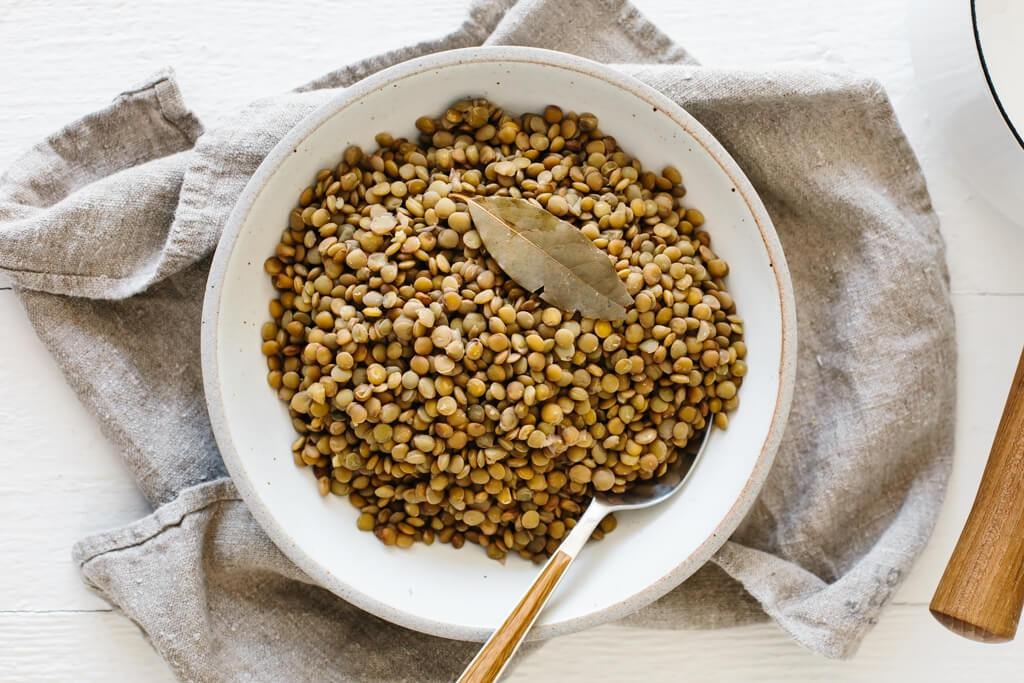 |
| Photo: downshiftology.com |
| The Czech Republic, Italy and Brazil are three countries where lentils are associated with the New Year. In the Czech Republic it is traditional to eat lentils on New Year’s Day. In Italy lentils are served on New Year’s Eve just after midnight, often with greens, sausage or roast pork. In Brazil the first meal of the year is also likely lentils, served with rice or in lentil soup. The tradition may date back to the ancient Rome, when lentils were a very valuable crop and jars of lentils were exchanged on the first day of the year. Their coin-like shape represents wealth and good fortune. |
If you find the abovementioned information effective, don't hesitate to share, thank you in advance!
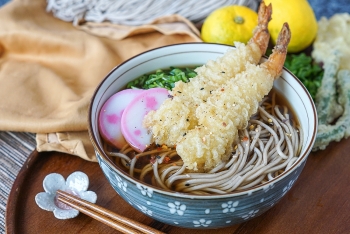 Top 7 Food to eat during New Year in Japan Top 7 Food to eat during New Year in Japan Many countries and cultures have their own traditional foods for celebrating New Year, and Japan is no exception. Knowinsider will introduce you top 7 of ... |
 New Year Food: How to make Tteokguk - Korea's traditional dish New Year Food: How to make Tteokguk - Korea's traditional dish Have you ever heard about Tteokguk - a Korea's traditional New Year food? If not, please spend your precious time reading this piece of information ... |
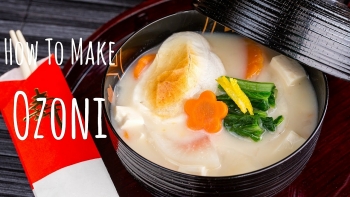 New Year Food: How to Make Japanese Ozouni New Year Food: How to Make Japanese Ozouni Ozouni お雑煮 is Japanese New Year mochi soup. It is a traditional soup that Japanese people eat on New year’s days. It is certainly a ... |
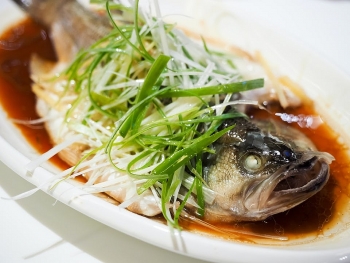 How To Make Steamed Whole Fish - China's Traditional New Year Food How To Make Steamed Whole Fish - China's Traditional New Year Food What do you eat for your Christmas dinner? Do you eat Stuffing turkey, ham, apple pies or fruitcakes? Correspondingly, what do Chinese people eat for ... |























